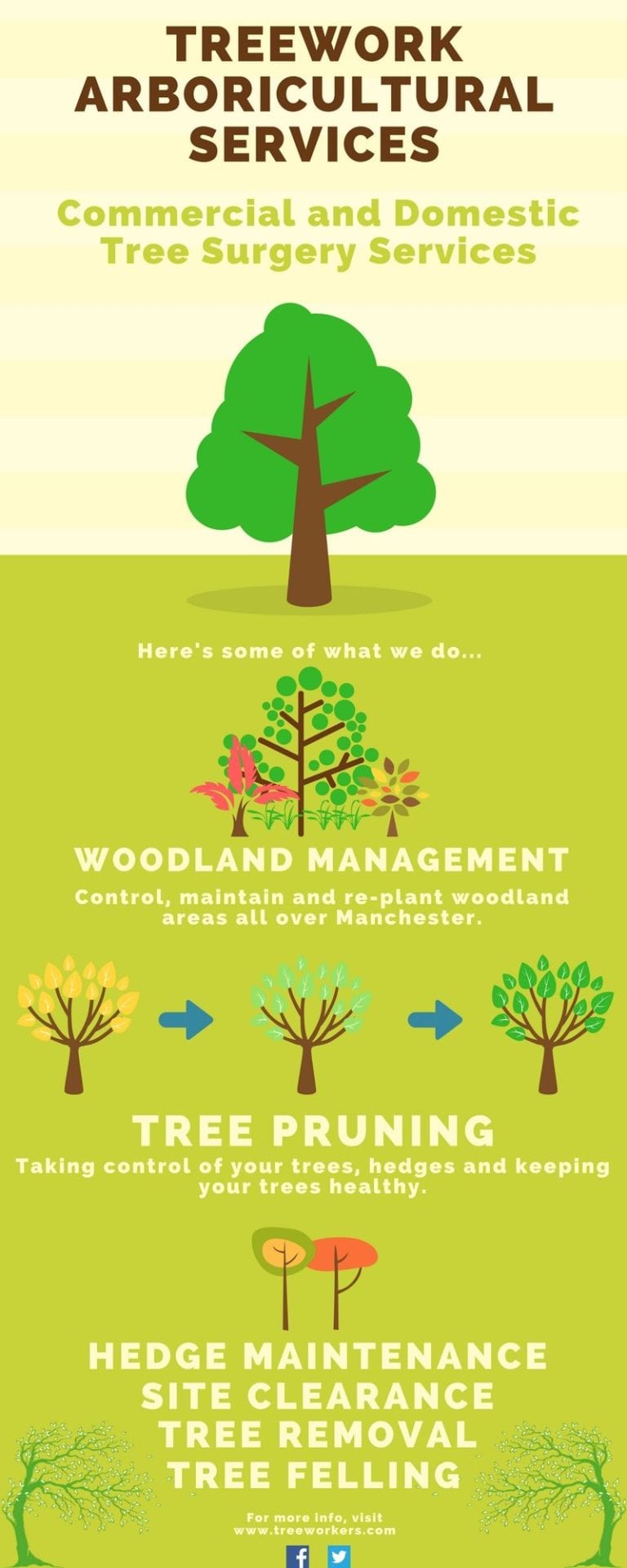Discover How To Keep A Growing Setting After Tree Removal
Discover How To Keep A Growing Setting After Tree Removal
Blog Article
Content Created By-
When it concerns seasonal tree treatment, ensuring appropriate administration prior to and after elimination can substantially impact the health and looks of your landscape. By comprehending the necessary steps associated with evaluating tree health and preparing for removal, you can proactively protect your property. Yet what about the critical techniques to adhere to as soon as the tree is gone? Remain tuned to discover the important post-removal treatment procedures that will certainly help you cultivate a growing and sustainable setting for your trees.
Pre-Removal Tree Treatment
Prior to attending to the removal of a tree, it's essential to focus on pre-removal tree treatment. Beginning by examining click here to find out more and architectural integrity. Search for indications of illness, insect infestations, or any structural problems that might present a security risk during removal. It's important to seek advice from a qualified arborist to figure out the best course of action.
Trimming dead or unhealthy branches can avoid additional damage to the tree and ensure a smoother elimination procedure.
Furthermore, take into consideration the environmental impact of removing the tree. Trees play a crucial duty in our community, so planting a brand-new tree in a suitable area can aid balance out any kind of loss. Make hedge lined driveway that you have the needed licenses and permissions for tree elimination, especially if the tree is shielded by local policies.
Seasonal Maintenance Tips
Assessing your tree's needs throughout the year is essential for its health and wellness and durability. To maintain your trees in top condition, adhere to these seasonal maintenance suggestions.
In springtime, concentrate on pruning to eliminate dead or broken branches and motivate brand-new development.
Summertime requires normal watering, particularly throughout dry spells, to ensure your tree stays hydrated.
As loss strategies, keep an eye out for early indicators of condition or anxiety, and consider applying compost to secure the roots during winter season.
In winter season, be cautious when getting rid of snow from branches to prevent damage, and remain to check your tree's general health.
Remember to change your treatment regular based upon the specific needs of your tree types and neighborhood climate. By staying attentive and positive throughout the periods, you can help your trees prosper and thrive for several years ahead.
Post-Removal Tree Treatment
To make certain the health of your landscape also after tree removal, proper post-removal care is important. After a tree is removed, it's essential to fill the remaining opening with topsoil and compact it to prevent settling. This will certainly aid maintain the integrity of the ground and prevent potential dangers in the future.
Think about planting new greenery in place of the eliminated tree to recover the balance and aesthetics of your landscape. Routinely water the area to promote the growth of new plants and avoid soil erosion.
Inspect the surrounding trees for any type of indicators of condition or tension that might have been triggered by the gotten rid of tree. Watch out for parasites that could've been attracted to the previous tree and take safety nets to safeguard the continuing to be plant life.
If essential, seek advice from a professional arborist to evaluate the impact of the elimination on the bordering trees and determine any kind of extra care needed. By adhering to these post-removal care actions, you can guarantee the continued wellness and appeal of your landscape.
Final thought
Finally, aggressive seasonal tree care is essential for keeping the wellness and equilibrium of your landscape. By examining tree health and wellness, pruning, and speaking with an arborist before elimination, you can guarantee a secure procedure. After elimination, loading the hole, planting new vegetation, and routine watering will promote new development and prevent disintegration. Keep in mind to check surrounding trees for illness and seek additional care actions from an arborist to keep your landscape prospering.
